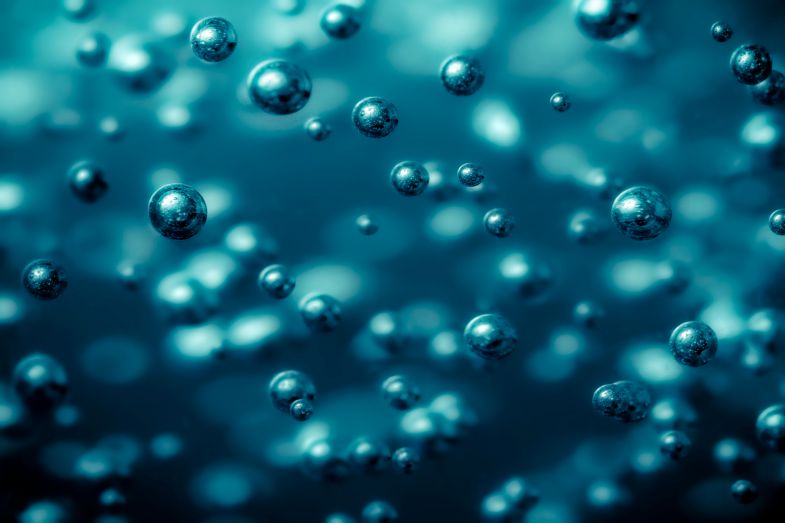
Researchers at the University of Glasgow found a greener and cleaner way to produce a common chemical relied on by multibillion-dollar industries.
Researchers demonstrated a new method of creating anilines – chemicals commonly used in the manufacture of products including dyes, plastics and insulation, and pharmaceuticals like paracetamol.
For decades, industrial chemical plants have created anilines by reacting organic compounds called nitrobenzenes with hydrogen at high temperatures and pressures. The reactions often involve catalysts made from precious metals.
These processes, which often produce tons of anilines at once, are energy-intensive, frequently inefficient, and can create chemical waste by-products which can be harmful to the environment. Hydrogen used in the reactions is often derived from unsustainable sources including fossil fuels.
The research team developed a method of aniline production which works at room temperature and pressure, using protons and electrons created by the electrolysis of water to drive the process of reducing the nitrobenzene to anilines. Usually, electrolysis involves passing an electrical current through a positively charged electrode and a second, negatively charged electrode, both submerged in water. The electricity splits the water molecules into hydrogen gas at one electrode and oxygen gas at the other.
The breakthrough process works by passing an electrical current through water, into which a special type of molecule called a redox mediator has been dissolved. The mediator molecules collect the protons and electrons produced by electrolysis of water and deliver these to the nitrobenzene. The mediator molecules also prevent direct electro-reduction of nitrobenzene at the electrode surface. In this way, the process of nitrobenzene reduction is made cleaner, cutting down the likelihood of unwanted side-products being created during electrolysis.
The Glasgow researchers are the first to find a way to use a mediator for the process of reducing nitrobenzene into anilines. In their research paper, the researchers show the effectiveness of their technique by reducing 12 different types of nitrobenzene to form anilines, ranging from those commonly used in industry to more unusual products. Their results show that the process is more than capable of cleanly producing anilines, in four cases producing yields of over 99%.
Professor Mark Symes, senior lecturer at the University of Glasgow’s School of Chemistry, developed the technique with graduate student Athanasios Stergiou.
Professor Symes said: “This is an exciting result, which builds on a decade of work here at Glasgow in developing new forms of mediators. Electrochemistry is inherently scalable, so we believe that it would be possible to stack mediator modules to enable industrial production of anilines. If those large-scale reactions were powered using renewable sources of electricity, it could go a long way towards making the $11bn (£9.2bn) aniline production industry more environmentally friendly.
The team’s research paper ‘High Yield and Selective Electrocatalytic Reduction of Nitroarenes to Anilines using Redox Mediators’ was recently published in the journal Cell Reports Physical Science. The research was supported by funding from the Engineering and Physical Sciences Research Council (EPSRC) and the Royal Society.















